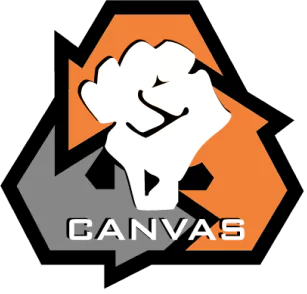May 30, 2010-2010
Palestine
Freedom Flotilla
Share
ACTIVISTS/ACT.GROUPS/DESCRIPTION OF THE GROUP
Free Gaza Movement
TARGET
Israeli and Egyptian governments
WIDELY HELD BELIEF
Basic amenities such as food, water, and medicines should not be blocked. even when a blockade is going on.
CASE NARRATIVE
Issue and Opponent: The issue at hand was the Israeli-Egyptian blockade of the Gaza strip prevented Palestinians from securing food, fuel, cooking gas, medical supplies, and potable water. The opponent of this dilemma action was the Israeli and Egyptian governments, who enforced the blockade, and the core topic was to provide humanitarian aid and challenge the legitimacy of the blockade. Also, to raise international awareness of the conditions of Gaza and force foreign nations to review sanctions policies and support for Israel. The acting parties were the Free Gaza Movement and the Turkish Foundation for Human Rights and Freedoms and Humanitarian Relief (IHH).
Dilemma Action: The commonly held assumption forming the core of the dilemma action was that Israel and Egypt are acting illegally to bar exit and entry of Gaza residents from their state, bar imports of life-sustaining and improving materials into the region, and exports of goods out of the region. Trade to other Palestinian territories was blocked, resulting in massive GDP losses as well as increases in poverty, food insecurity, and unemployment. A flotilla, a small group of boats, was launched by the Free Gaza Movement to provide humanitarian aid and building materials to Gaza residents and violate the blockade. Normally, aid given to Gaza was first examined by Israel, then transferred to the region if approved, but due to the blocking of “dual-use goods”, things that could be both for civilian and military use, many building materials and goods for production were blocked from entering the region, such as cement. The flotilla aid would circumvent this. In May 2010, a flotilla of eight ships set sail to Gaza, three carrying 10,000 tons of humanitarian aid including food and medicine, the rest carrying passengers. 663 passengers total were involved, including a former UN Assistant secretary, a holocaust survivor, and a Nobel Prize Winner. Israel announced the flotilla would be violating international law by circumventing security checks and offered to dock the ship in Ashdod, Israel, and transfer all its cargo to Gaza, including dual-use goods and other aid typically barred from entering Gaza. The participants refused this request, not trusting the Israeli government, and set on the goal of breaking the blockade. Six of the eight ships set sail on May 30th. The tactic used was defiance of blockades, and the lose-lose situation was either to allow the breakage of the Israeli-Egyptian blockade, provide respite to Gazan residents, and prove Israel was unable to enforce the blockade, or, respond violently to activists, including Nobel Prize Winners, UN members, and a holocaust survivor, providing humanitarian aid to those in need.
Outcomes: On May 31st, 2010, Israeli helicopters hovered over the ships, allowing soldiers armed with tear gas, stun grenades, and guns, to rappel on board. All ships, excluding one ”the Mavi Marmara” did not respond with violence, and many aboard the Mavi Marmara hid and responded nonviolently. There was no apparent agreement to nonviolence onboard, but the violence did not appear to be planned or condoned by organizers. On the Mavi Marmara, Israeli forces beat and opened fire on the activists. Some of the activists beat soldiers with chains, clubs, and knives, injuring seven soldiers. Israeli troops injured many activists and killed nine. Another died in 2014 after a 4-year coma. Aboard the Mavi Marmara was a series of video cameras that later provided footage of the assault to Turkish television. Aboard was also an Al Jazeera reporter, who along with other passengers claimed that Israeli troops fired on the ship before boarding, eliciting the violent response of the activists. However, all satellites and the internet were blocked, providing footage of only the first few minutes of the attack. On one of the smaller vessels, a captain was shot and two were injured. Al Jazeera reporter Jamal Elshayyal claimed that despite a white surrender flag being raised after two activists were killed, the Israeli troops continued firing.
The activists were placed in detention for one to six days and were promptly deported. Israel took possession of the ships, agreeing to deliver only approved goods into Gaza, which Hamas, in control at the time of the flotilla, refused, unless all goods on board were delivered. Israel never sent the cargo into Gaza. Israel’s violent response was criticized in a following UN report, and as the flotilla was partially organized by the Turkish group IHH, the country’s relationship with Turkey was wounded, with Turkey raising criminal charges against 4 commandos. On June 17th, the Gaza land blockade was lessened due to the international pressure Israel’s violent response has caused. In 2016, Turkish charges were dropped in return for Israel providing 20 million in compensation to the victims.
Larger Campaign: The dilemma action was part of a larger campaign against the Israeli-Egyptian blockade, and the group had formerly used flotillas as a tactic eight times before and continued to use this tactic in 2011.
PRIMARY STRUGGLE/GOAL
NONVIOLENT TACTICS USED
DA TACTICS USED
Taunting officials
CASE NARRATIVE WRITER
SUCCESS METRICS
7 / 12
(EREP) Dilemma action got replicated by other movements
(MC) Media Coverage
(MSYMP) Media coverage was sympathetic to the activists
(OR) Opponent response
(PS) Dilemma action built sympathy with the public
(REFR) Dilemma action reframed the narrative of the opponent
(SA) Dilemma action appealed to a broad segment of the public
PART OF A LARGER CAMPAIGN
3 / 3
Activist group continued working together after the action
Encouraged more participants to join the movement
Internally replicated by the same movement
RESOURCES
Project documentation
Dilemma Actions Coding Guidebook
Case study documentation
Dilemma_Actions_Analysis_Dataset
SOURCES
Sanger, Andrew. 2011. “The Contemporary Law of Blockade and the Gaza Freedom Flotilla,” Yearbook of international humanitarian law. Retrieved July 22, 2023. (https://www.cambridge.org/core/journals/yearbook-of-international-humanitarian-law/article/abs/contemporary-law-of-blockade-and-the-gaza-freedom-flotilla/BDDC9A6CF9F8F69D1DF59D6D45A9B77C).
Bayoumi, Moustafa. 2010. “Midnight on the Mavi Marmara : the Attack on the Gaza Freedom Flotilla and How It Changed the Course of the Israel/Palestine Conflict,” OR Books. Retrieved July 22, 2023. (https://www.jstor.org/stable/j.ctt207g7v3).
Kosmatopoulos, Nikolas. 2010. “The Gaza Freedom Flotilla: Ethnographic Notes on ‘Othering Violence,” Retrieved July 22, 2023. (Http://www.therai.org.uk/at/debate).
De Jong, Anne. 2012. “The Gaza Freedom Flotilla: Human Rights, Activism and Academic Neutrality.” Social movement studies. Retrieved July 22, 2023. (https://www.tandfonline.com/doi/abs/10.1080/14742837.2012.664901).
Related cases
Jan 25, 2011-2011
Egypt
In 2011, President Hosni Mubarak had been the head of state in Egypt for 30 years. Since coming to power in 1981, Mubarak had been accused multiple times of rigging el...
/
Sep 28, 2022-2022
Iran
On September 13, 2022, Mahsa Amini, a young Kurdish woman was detained by the Iranian morality police for “inappropriate attire”. Witnesses reported that Amini was bea...
/
Apr 1, 2018-2018
Sri Lanka
Sri Lanka’s civil war, which was fought between the majority Sinhala-dominated government and a minority separatist group, the Liberation Tigers of Tamil Eelam, or LTT...
/
Subscribe to our newsletters to get full access to all materials on our website.

